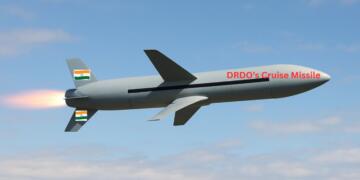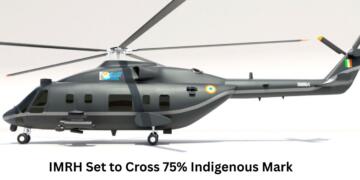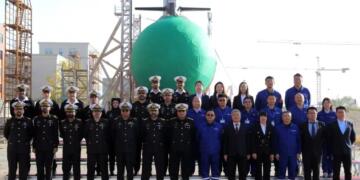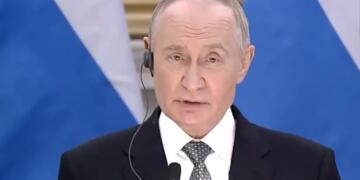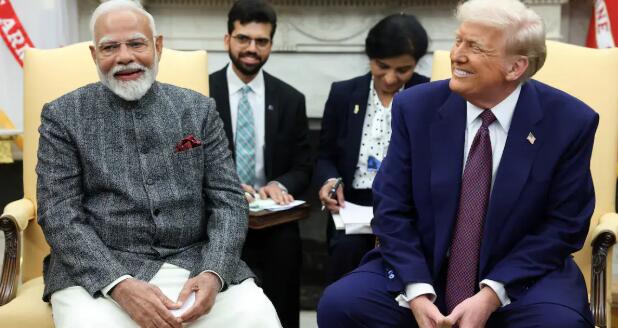PM Narendra Modi and US President Trump met at the White House for a high-stakes discussion covering defense, trade, technology, and energy. The meeting, marked by warm camaraderie, resulted in significant announcements aimed at deepening bilateral cooperation. Notably, both leaders launched the COMPACT (Catalyzing Opportunities for Military Partnership, Accelerated Commerce & Technology for the 21st Century) initiative, which seeks to transform the Indo-US partnership across key sectors.
Strengthening Defense Ties
A major outcome of the meeting was the decision to sign a new ten-year framework for the US-India Major Defense Partnership later this year. This agreement will expand U.S. military platforms in Indian defense services and facilitate key procurements, including Javelin anti-tank missiles, Stryker armored vehicles, and six additional P-8I maritime surveillance aircraft.
Both nations also announced efforts to streamline technology transfers by reviewing the International Traffic in Arms Regulations (ITAR). Additionally, they initiated discussions for a Reciprocal Defense Procurement (RDP) agreement, which would enable smoother mutual defense purchases.
In a major breakthrough, India and the U.S. launched the Autonomous Systems Industry Alliance (ASIA) to enhance underwater domain awareness (UDA) technologies, making India the first country to co-develop such sensitive technology with the U.S. Furthermore, discussions are ongoing for joint development and production of cutting-edge autonomous defense systems, including:
- Sea Picket Autonomous Surveillance Systems
- Wave Glider Unmanned Surface Vehicles (60 units planned for India)
- Low-Frequency Active Towed Sonars
- Multi-Static Active Sonobuoys
- Large-Diameter Autonomous Undersea Vehicles
The U.S. also announced a policy review on releasing fifth-generation fighter jets and undersea warfare systems to India, signaling a deepening strategic defense alliance.
Expanding Trade Relations
On the economic front, PM Narendra Modi and US President Trump set an ambitious target—”Mission 500″—to increase bilateral trade to $500 billion by 2030. As part of this, both countries committed to signing a Bilateral Trade Agreement (BTA) by autumn 2025, aimed at resolving trade barriers, including concerns over reciprocal tariffs.
The meeting also recognized Indian investments worth $7.355 billion in the U.S., which have contributed to the creation of over 3,000 high-quality jobs. However, discussions on trade took place amid tensions arising from Trump’s 25% tariff on global steel and aluminum imports, which could impact Indian exports.
Advancing Technology Collaboration
A key highlight was the launch of the TRUST (Transforming the Relationship Utilizing Strategic Technology) Initiative, which will facilitate government-academia-private sector partnerships in critical and emerging technologies.
Additionally, the U.S. and India will finalize a US-India AI Roadmap by the end of the year, aiming to advance AI research, next-generation data centers, and AI processing partnerships. Another initiative, INDUS Innovation, modeled after INDUS-X, will promote industry-academic collaboration in space, energy, and biotechnology.
India’s pharmaceutical sector will also see expanded manufacturing in the U.S., particularly in the production of critical medicines. Moreover, the two countries launched the Strategic Mineral Recovery Initiative to facilitate the recovery and processing of rare earth minerals, lithium, and cobalt, essential for high-tech industries.
To further enhance research collaboration, an MoU was signed between the U.S. National Science Foundation (NSF) and India’s Anusandhan National Research Foundation (ANRF) to promote joint research in emerging technologies.
The meeting between PM Narendra Modi and US President Trump marks a significant happening which indicates coming of stronger ties between India and United States.










